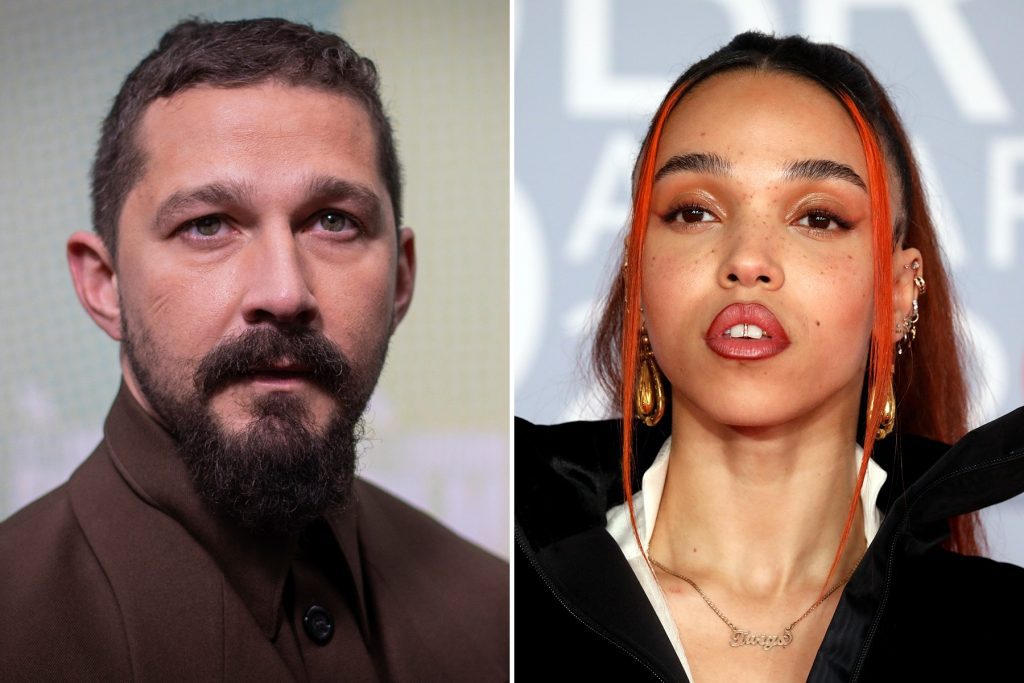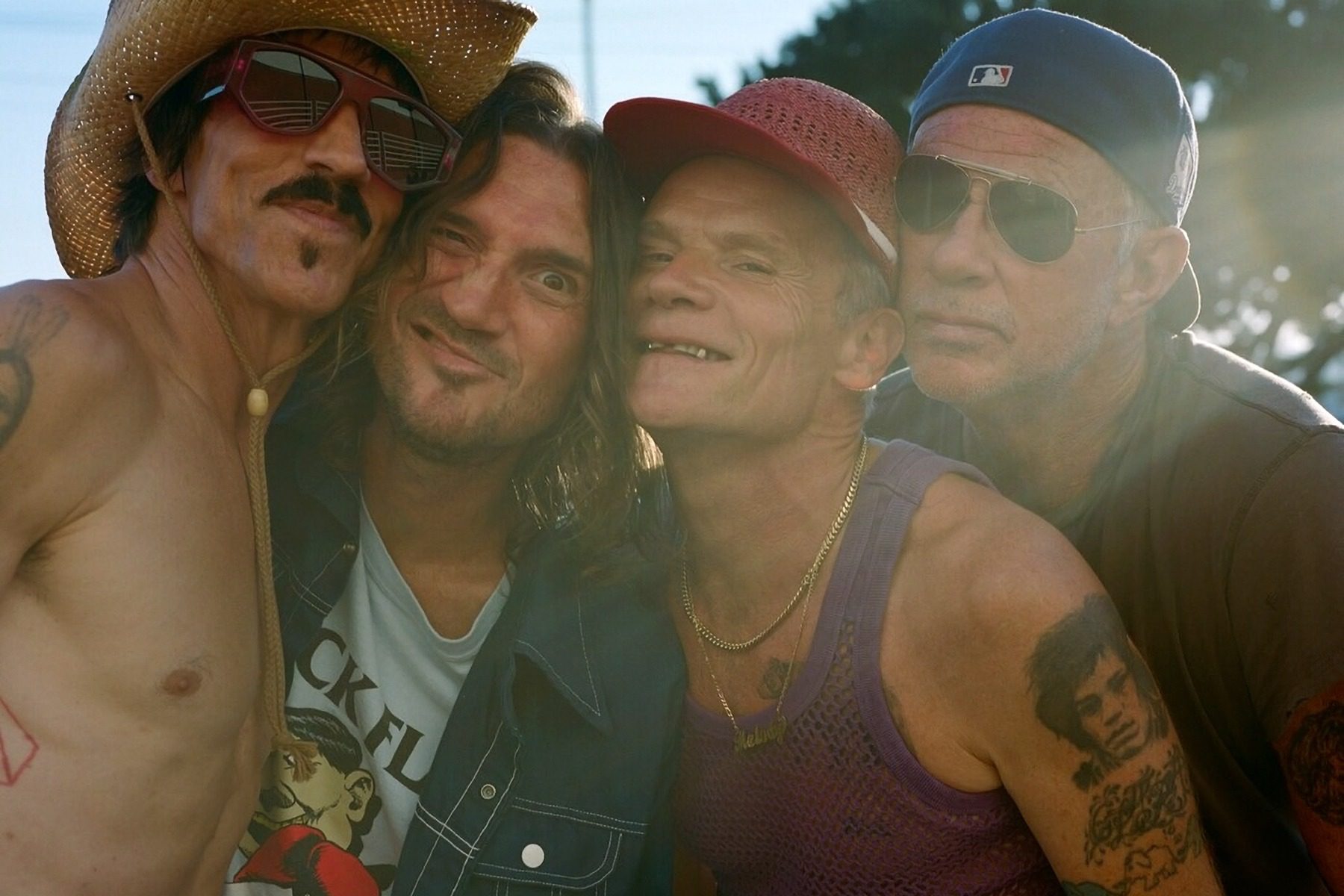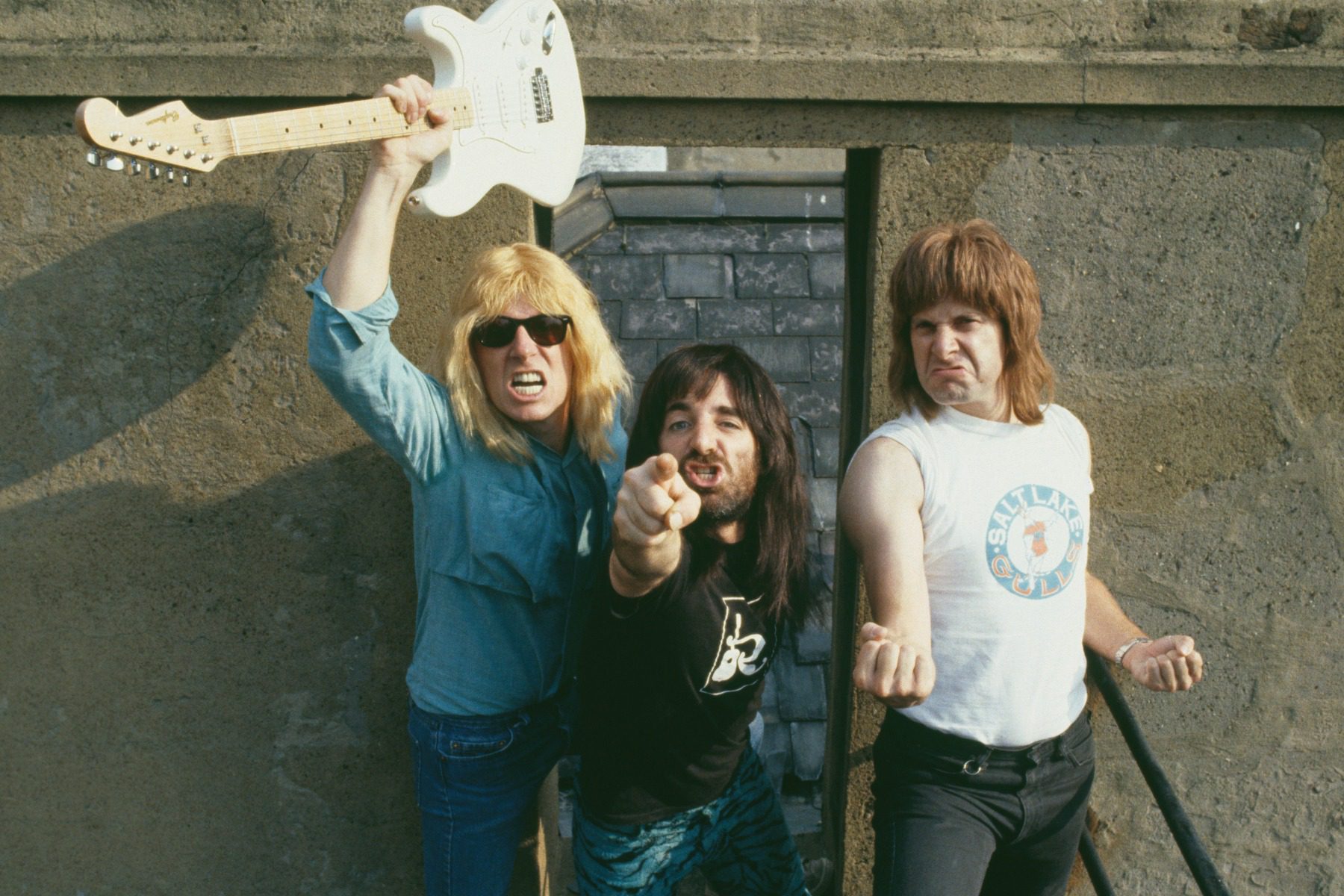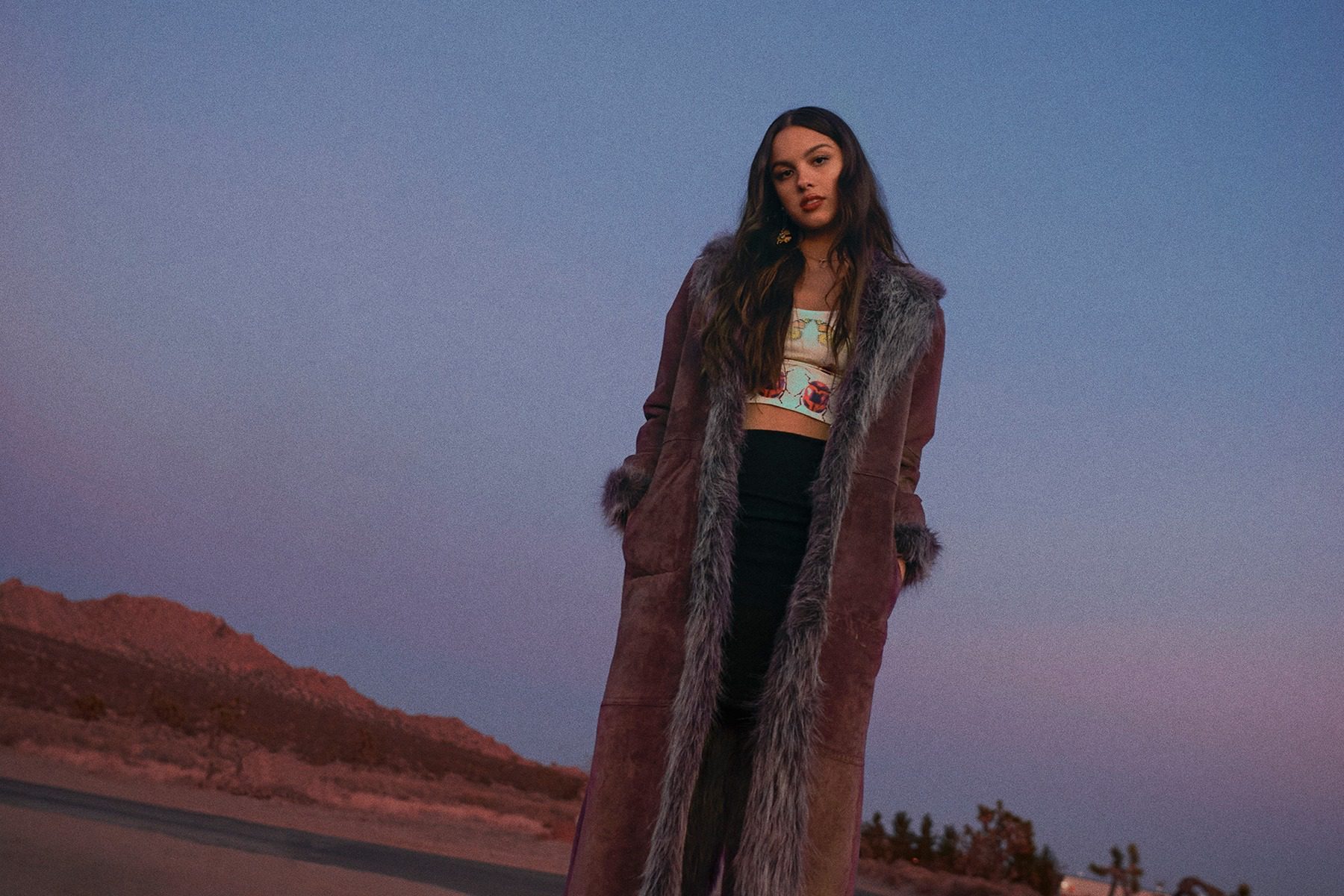
‘Goodbye Earl’ to Emily Dickinson: A Rundown of Taylor Swift’s Influences on ‘Evermore’
Taylor Swift’s Evermore, her “sister” album to this past July’s Folklore, is out now. And while it sticks with the previous album’s folk and indie-inspired sound, Evermore takes a few of its own paths through the woods, exploring everything from cheating country music husbands to dance-pop bliss.
Additionally, Swift’s collaborations with the National members — including Aaron and Bryce Dessner and Matt Berninger — as well as Justin Vernon of Bon Iver, see her channeling both bands’ approaches to music, even more so than on Folklore. Lyrically, Swift continues her tribute to the art of storytelling by pulling from literary references, quoting and paying homage to both The Great Gatsby and Emily Dickinson.
Here are some of Evermore’s most prominent influences.
Country Murder Ballads
Swift has been trying to pinpoint what’s better than revenge for years now, and for her Haim collaboration “No Body, No Crime,” she went back to her country roots to get it right this time. In the tradition of the Chicks’ “Goodbye Earl” and Carrie Underwood’s “Before He Cheats,” Swift and the Haim sisters realize that actions speak louder than words, so when Este’s husband is caught stepping out they decide that, much like Earl, this man has to die.
blogherads.adq.push(function () {
blogherads
.defineSlot( ‘medrec’, ‘gpt-dsk-tab-article-inbody1-uid0’ )
.setTargeting( ‘pos’, [“mid-article”,”mid”,”in-article1″,”mid-article1″] )
.setSubAdUnitPath(“music//article//inbody1”)
.addSize([[300,250],[620,350],[2,2],[3,3],[2,4],[4,2]])
;
});
Like the classic Chicks’ single, it takes a good friend to help get the job done: Este goes missing and the narrator decides to put her boating license to use, getting rid of the cheater and framing his mistress. It even got the Chicks’ stamp of approval, with the group tweeting “Sisters before misters.”
Eighties Pop Songs
One of the most surprising elements of Folklore and Evermore are the touches of dreamy, Eighties pop. Where songs like “August” and “Mirrorball” were more Cocteau Twins, Evermore tunes like “Gold Rush” and “Long Story Short” are synth-pop via its early Aughts, lo-fi revival through bands like the Chromatics. “Gold Rush” in particular is an early, sweaty touch of ambient synthesizers accompanying a driving beat, in the vein of the Chromatics’ cover of Bruce Springsteen’s “I’m on Fire.”
The Great Gatsby
Continuing the literary themes from Folklore, where Swift quoted Ernest Hemingway’s The Sun Also Rises, the singer turns her attention to F. Scott Fitzgerald’s The Great Gatsby twice on Evermore. On “Happiness,” Swift’s protagonist says of her ex-lover’s new wife, “I hope she’ll be a beautiful fool.” That line, spoken by Daisy in the original novel, was originally supposed to be a blessing for her daughter, wishing for her to be ignorant of the world’s troubles, but Swift cleverly twists it into a backhanded compliment. Later on in the song, she alludes to Fitzgerald’s most famous motif: “All you want from me now is the green light of forgiveness.”
Emily Dickinson
Evermore doesn’t have a lot of the standard “Easter eggs” we’ve come to expect from a Taylor Swift album, save for its kismet connection to writer and poet Emily Dickinson. Eagle-eyed Swifties noticed that not only was Evermore announced on Dickinson’s birthday, it also recalls the final line of one of her poems, “One Sister Have I in Our House”: “From out the wide night’s numbers — Sue — forevermore!” We can’t say for sure what all these Dickinson tie-ins mean, exactly, but they add to Evermore’s literary mystique.
Bon Iver
This is an obvious one since Bon Iver’s Justin Vernon collaborated with Swift on this album and Folklore. But here, Swift lets herself dive further into Bon Iver’s unique brand of industrial-folk. On “Closure,” Swift sings over staccato drum machines that would’ve fit perfectly on 22, A Million, and her voice gets filtered through Vernon’s Messina vocador machine. It’s one of the more daring tracks on the album, and it shows that Swift has been catching up on her Bon Iver homework.
blogherads.adq.push(function () {
blogherads
.defineSlot( ‘medrec’, ‘gpt-dsk-tab-article-inbody2-uid1’ )
.setTargeting( ‘pos’, [“mid-article2″,”mid”,”in-article2″,”mid-article”] )
.setSubAdUnitPath(“music//article//inbody2”)
.addSize([[300,250],[300,251],[620,350],[2,4],[4,2],[3,3]])
;
});
The National
Swift is a self-proclaimed National acolyte, and she doesn’t hide it on this album. Working closely with the National’s Aaron Dessner on both Folklore and Evermore, Swift went the extra mile and brought on the Brooklyn band’s lead singer Matt Berninger for the duet “Coney Island.” But their influence is peppered through the LP, like the icy guitar hooks on “‘Tis the Damn Season” that sound straight out of Trouble Will Find Me, or the trip-hop beats on “Long Story Short” that would fit right at home on Sleep Well Beast.
Lana Del Rey
Lana Del Rey certainly didn’t invent goth-folk, but she is definitely one of pop’s top purveyors of it. Her fascination with vintage American iconography and all the material dreams that go with it have been a hallmark of her music from the beginning. Swift has teased some Del Rey influence in the past — most notably with the hazy 1989 single “Wildest Dreams” — but “Cowboy Like Me” is part “Ride,” part Norman Fucking Rockwell! with its Old West imagery telling the story of two scamming vagabonds looking for their next get-rich-quick scheme only to fall in love with each other.




